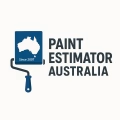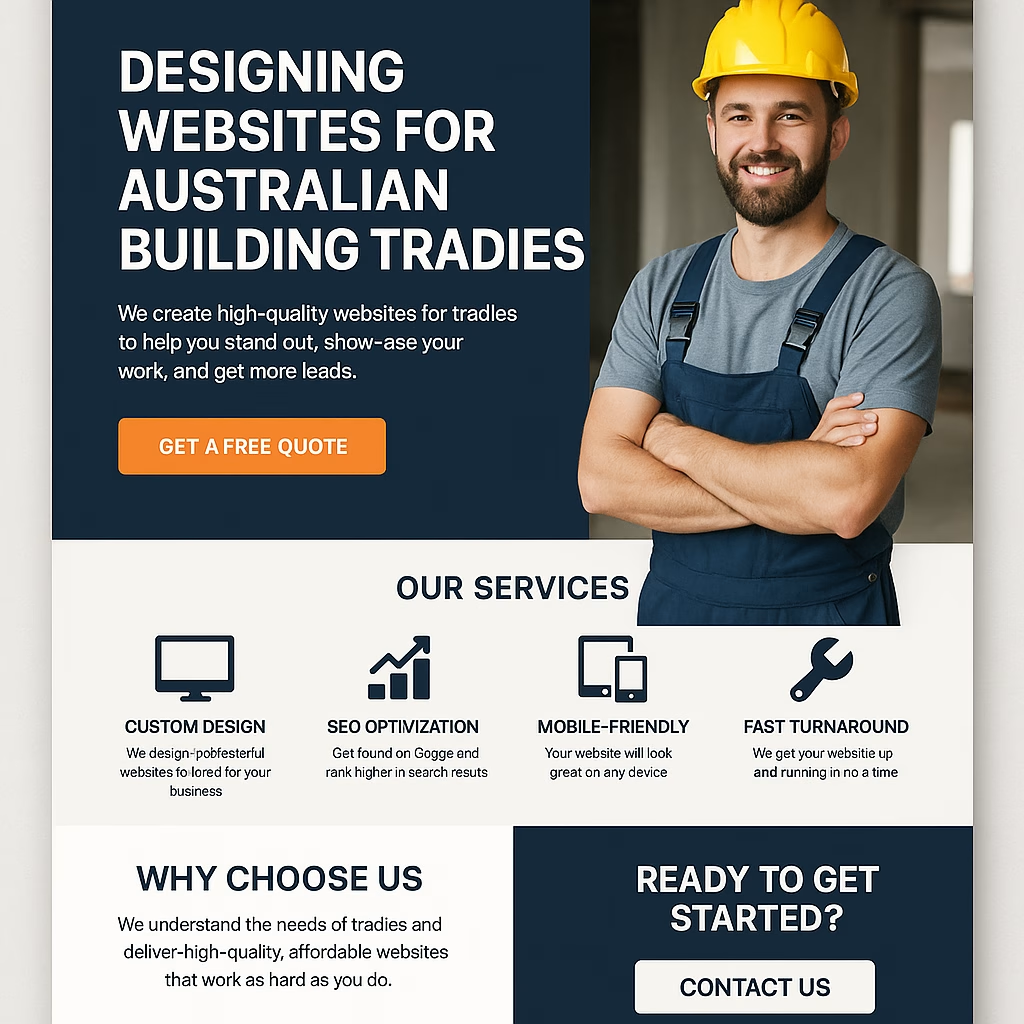Introduction:
Understanding the true cost of doing business is essential for any painting contractor to quote competitively and maintain profitability. While the cost of paint and labour are typically front of mind, other overhead costs can significantly impact the bottom line. These include equipment rental and transportation expenses, which are often overlooked or underestimated. By recognising and accurately factoring in these costs, painting businesses can avoid financial surprises and ensure their project estimates are on target. This is particularly crucial in the highly competitive retail and shopping centre painting industry, where every dollar counts.
Equipment Rental Costs:
Painting projects often require specialised equipment, such as scissor lifts, boom lifts, or scaffolding, to access high or hard-to-reach areas. Depending on the scope and duration of the project, renting this equipment can incur substantial costs. It is important to consider not only the daily or weekly rental rate but also the transportation and setup fees associated with these rentals. By including equipment rental costs in your estimates, you can avoid unexpected expenses that eat into your profit margins.
Transportation Expenses:
Transporting your team and equipment to and from the job site is another significant overhead cost. This includes fuel costs, vehicle maintenance, and, in some cases, parking or toll fees. When calculating transportation expenses, consider the distance between your base and the project location, as well as the number of trips required for the duration of the project. For larger projects or those located in remote areas, transportation costs can quickly add up, so it’s crucial to factor them into your estimates.
Understanding Overhead Allocation:
Overhead allocation refers to distributing indirect costs across multiple projects or services. These indirect costs may include rent, insurance, utilities, and administrative salaries. By allocating overhead expenses proportionally, you can gain a clearer understanding of the true cost of each project. This practice ensures that your quotes cover all necessary expenses and that you’re not inadvertently losing money on certain jobs due to underestimated overheads.
Project Estimation Software:

Utilising specialised project estimation software can greatly assist in calculating accurate quotes. These tools allow you to input various cost factors, including equipment rental and transportation expenses, and generate detailed estimates. By using such software, you can streamline the quoting process, reduce the risk of errors, and present professional and competitive bids to potential clients.
Managing Customer Expectations:
Transparent communication about overhead costs is essential when discussing project estimates with customers. Explaining the various factors that contribute to the overall price helps customers understand the value and complexity involved. This can also prevent potential sticker shock and demonstrate your professionalism and attention to detail.
FAQs
How do I calculate equipment rental costs for a painting project?
Equipment rental costs can vary depending on the type of equipment needed and the duration of the rental. Contact local equipment rental companies to obtain quotes for the specific equipment your project requires. Ensure you understand the costs for the rental period, delivery, setup, and any potential additional fees.
What transportation costs should I consider when quoting a painting project?
Transportation costs can include fuel expenses, vehicle maintenance, and parking or toll fees. Calculate the distance between your base and the project site, taking into account the number of trips required for the duration of the project. Also, consider the size and type of vehicle needed to transport your team and equipment safely and efficiently.
How can I ensure my business remains competitive when factoring in overhead costs?
While overhead costs are a necessary consideration, you can remain competitive by streamlining your operations and negotiating better rates. Review your processes to identify areas where you can reduce costs without compromising quality. Build relationships with suppliers to obtain favourable rates for equipment rental and materials. Continuously evaluate your practices to ensure efficiency and cost-effectiveness.
How do I communicate the impact of overhead costs to customers without scaring them off?
Transparency and education are key. Explain to customers that your quote considers all aspects of the project, including overhead costs, to ensure a seamless and professional outcome. Help them understand the value and complexity that these costs represent. Provide a detailed breakdown of the quote, highlighting the various components, so customers can see how their money is being allocated.
Are there any tax implications associated with equipment rental and transportation costs?
Yes, there may be tax implications depending on your business structure and the specific regulations in your state or territory. Consult with your accountant or tax advisor to understand how these costs can be claimed as business expenses and whether any tax benefits or deductions may apply.
Key Information
| Category | Description |
| — | — |
|---|---|
| Transportation | Fuel costs, vehicle maintenance, parking fees, and toll charges for transporting personnel and equipment to and from the job site. |
| Overhead Allocation | Indirect costs such as rent, insurance, utilities, and administrative salaries distributed across projects. |
| Project Estimation Software | Digital tools that assist in calculating accurate quotes by inputting various cost factors and generating detailed estimates. |
| Customer Communication | Transparent discussion of overhead costs with customers to ensure understanding and manage expectations regarding pricing. |
| Equipment Rental | Scissor lifts, boom lifts, scaffolding, and other specialised equipment needed for accessing high or difficult areas. | | Transportation | Fuel costs, vehicle maintenance, parking fees, and toll charges for transporting personnel and equipment to and from the job site. | | Overhead Allocation | Indirect costs such as rent, insurance, utilities, and administrative salaries distributed across projects. | | Project Estimation Software | Digital tools that assist in calculating accurate quotes by inputting various cost factors and generating detailed estimates. | | Customer Communication | Transparent discussion of overhead costs with customers to ensure understanding and manage expectations regarding pricing. |
Overhead costs, including equipment rental and transportation expenses, are critical factors in the financial success of any painting business. By recognising and accurately factoring in these costs, painting contractors can provide competitive and precise estimates. This ensures profitability and protects against unforeseen expenses.
To ensure your painting business remains competitive and profitable, utilise the insights provided in this article to refine your cost calculations. Consider investing in project estimation software to streamline the quoting process and always stay aware of the latest industry rates for equipment rental and transportation to inform your pricing strategies.
These articles are drafted with AI assistance and should be considered general information not professional advice or information Learn More


